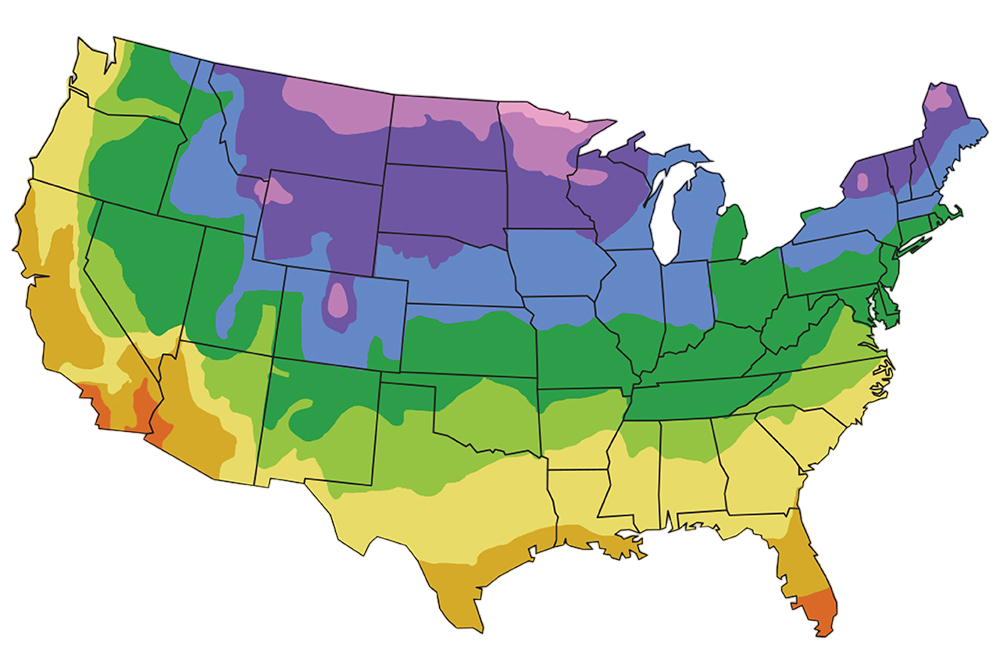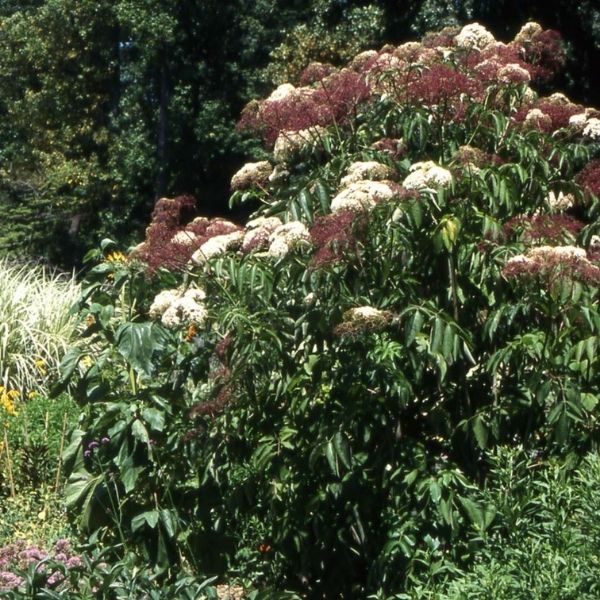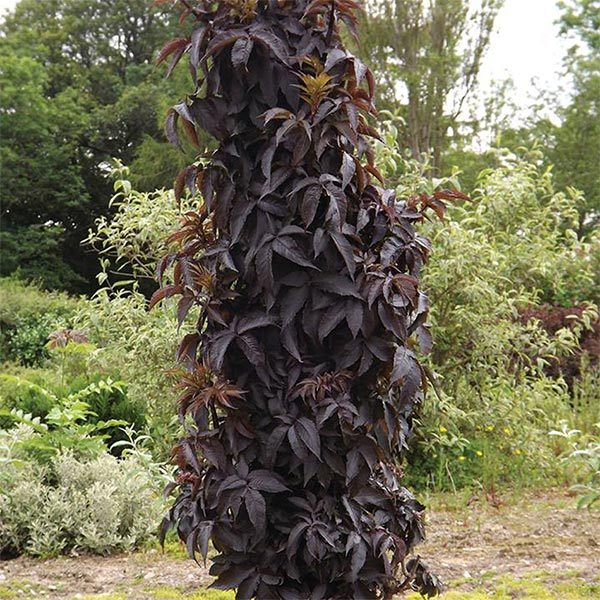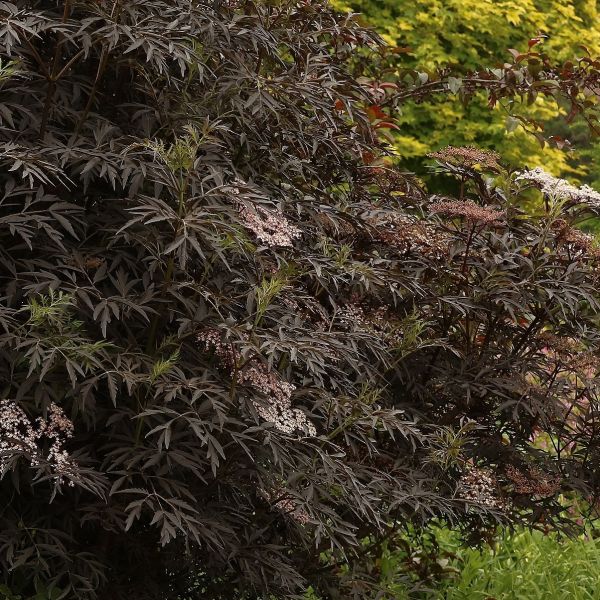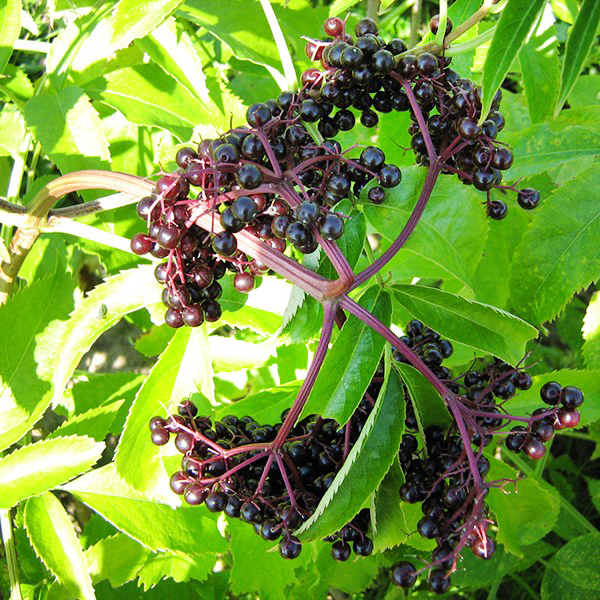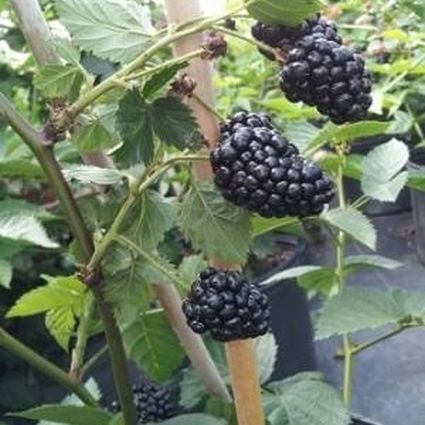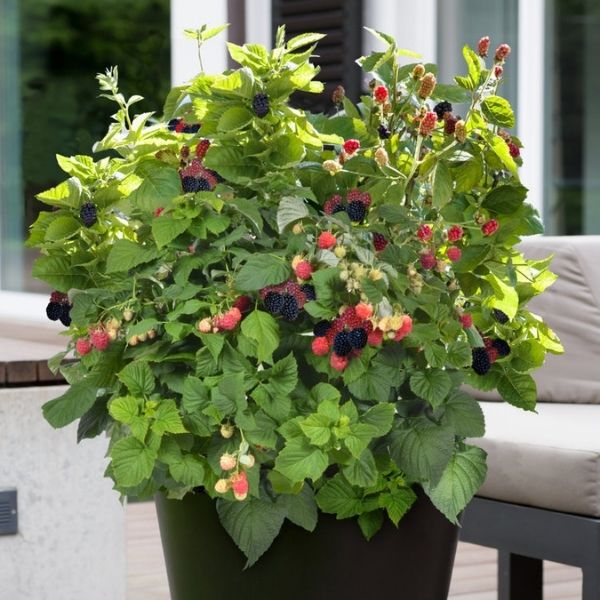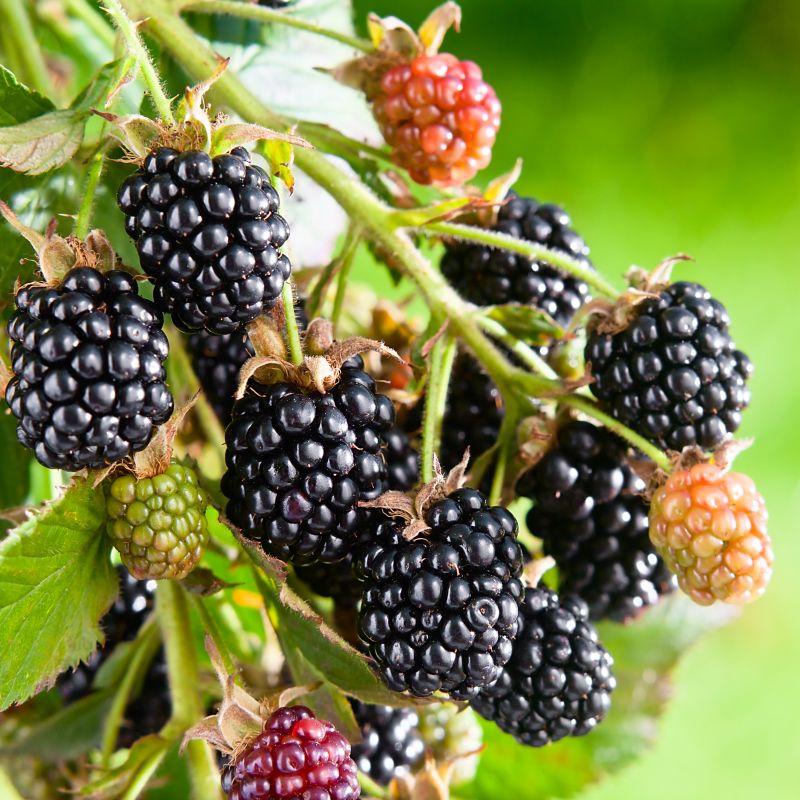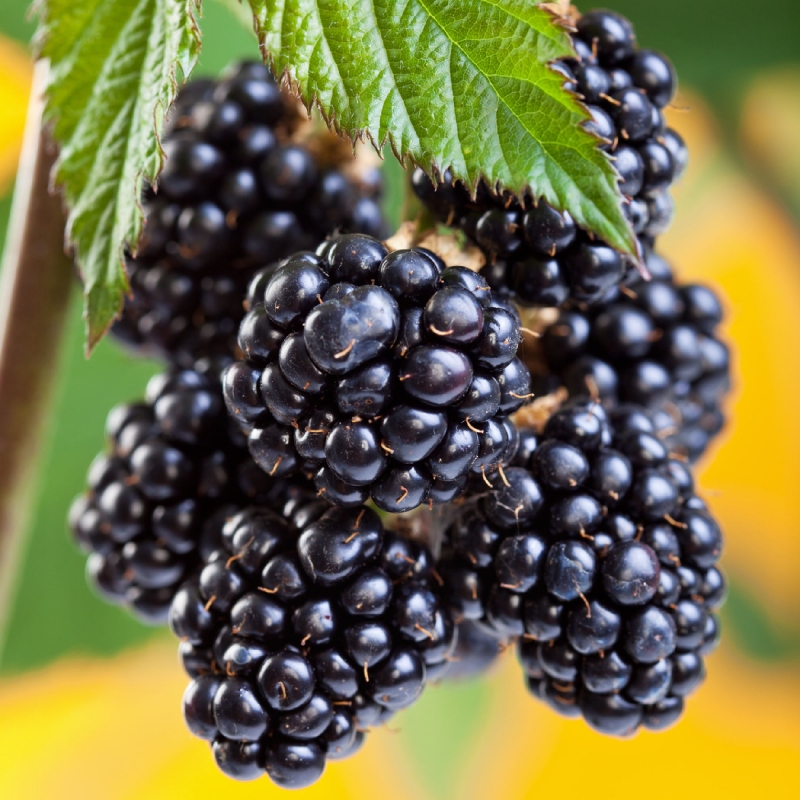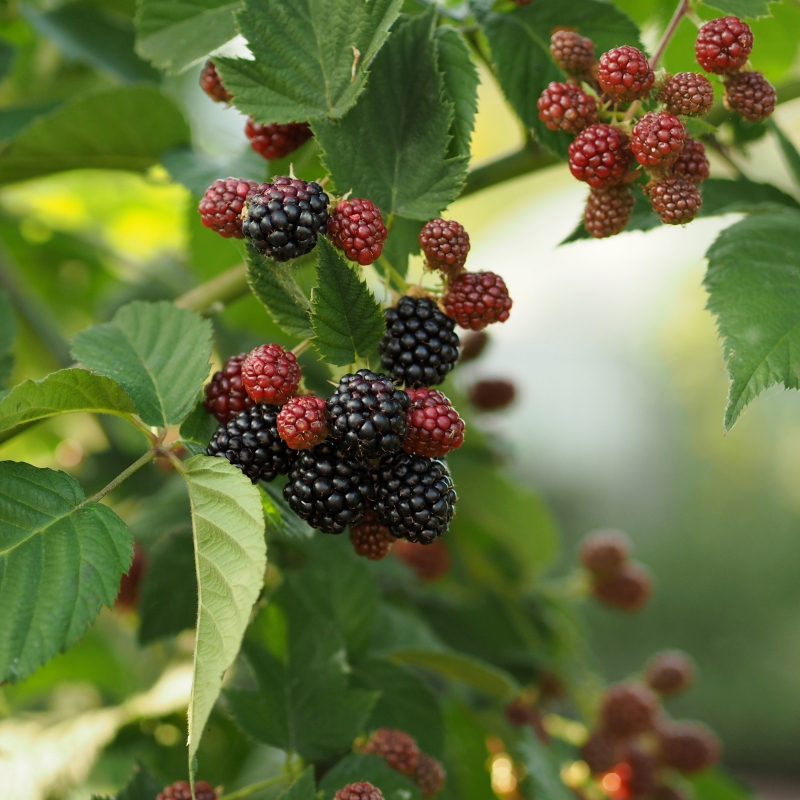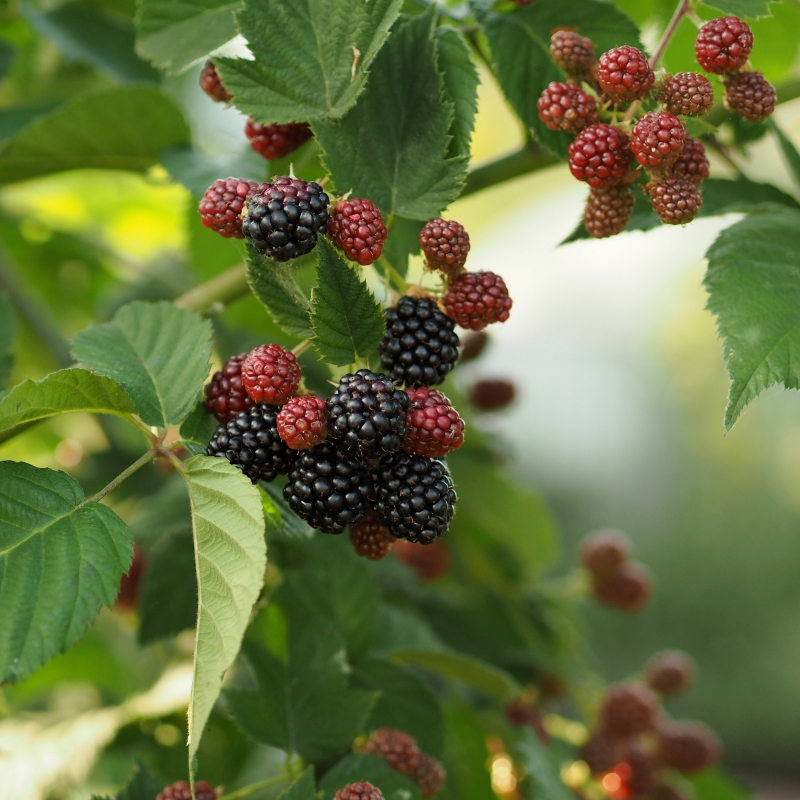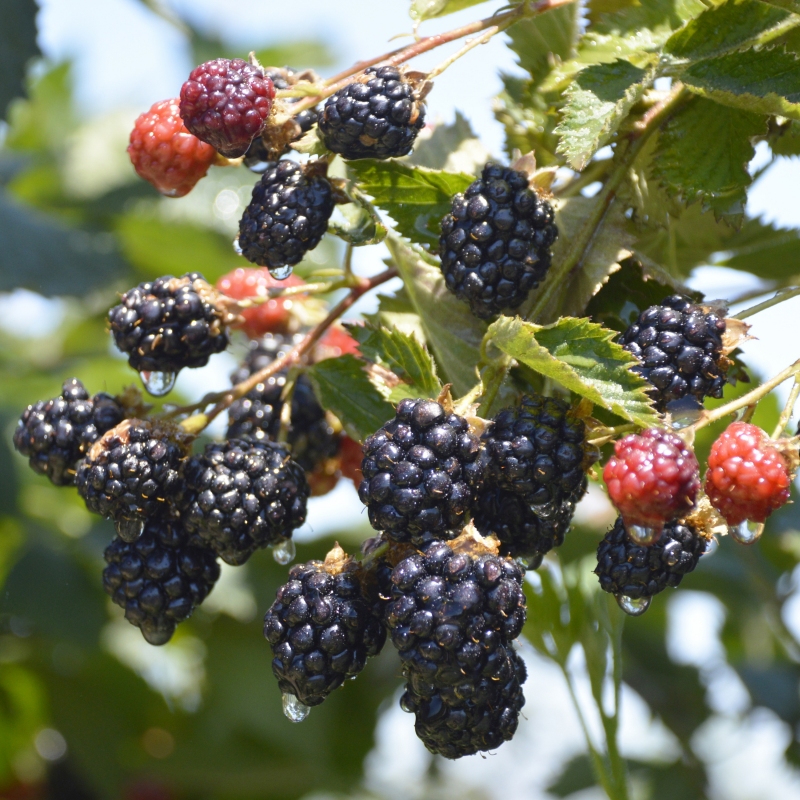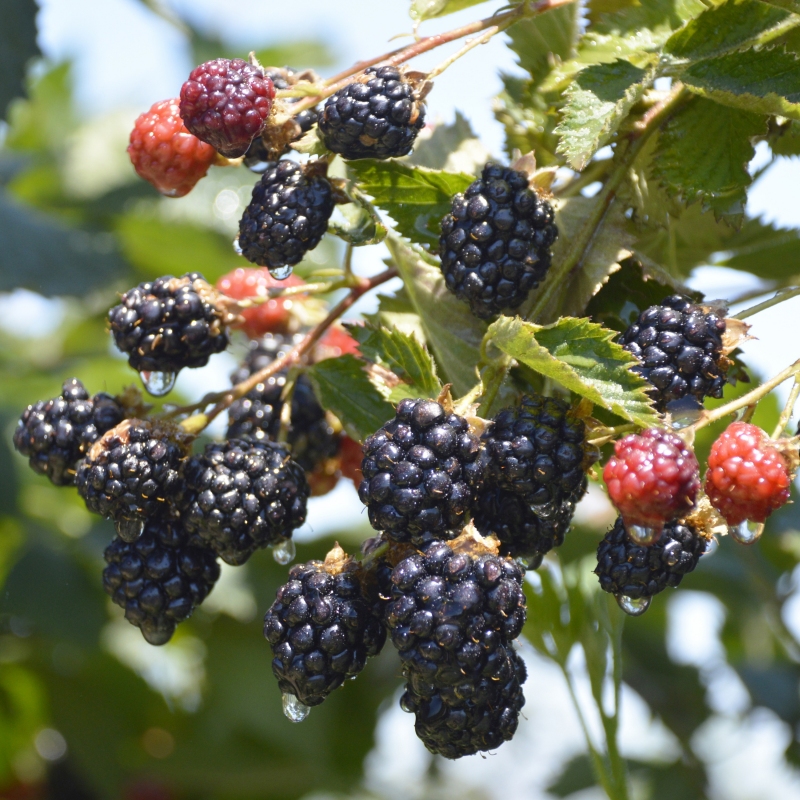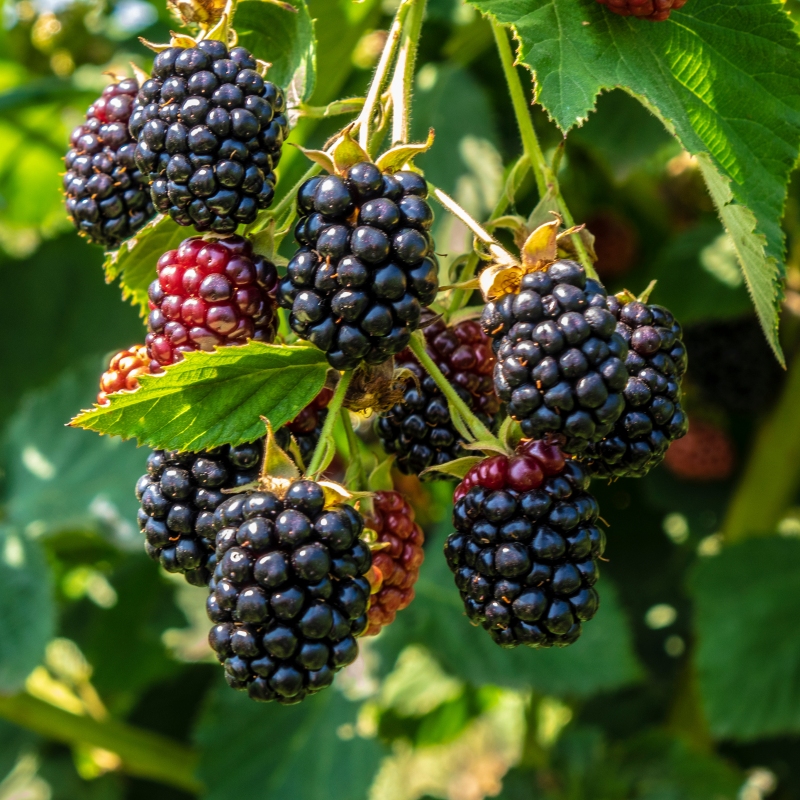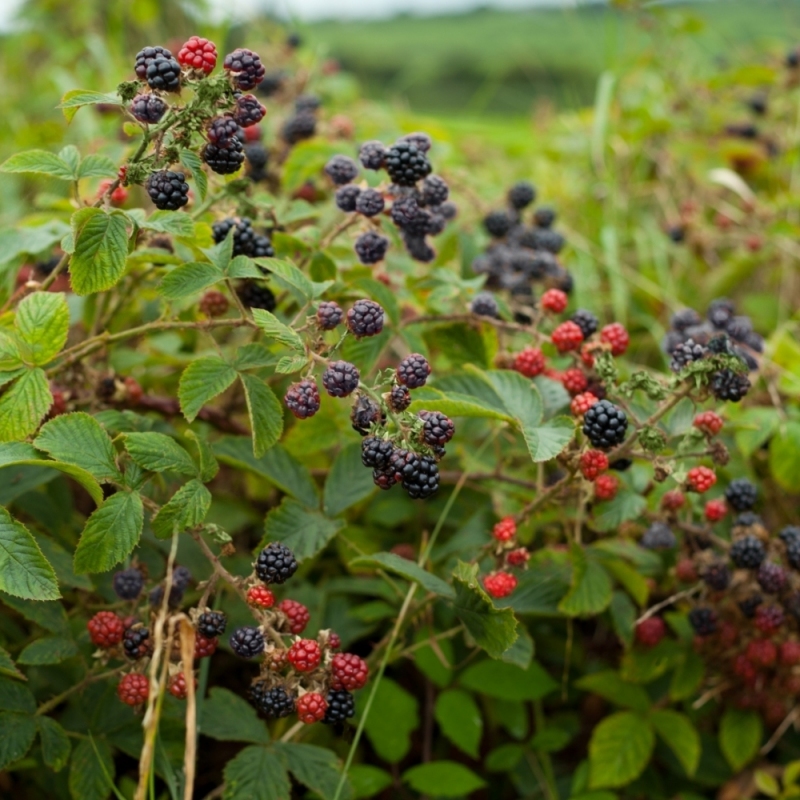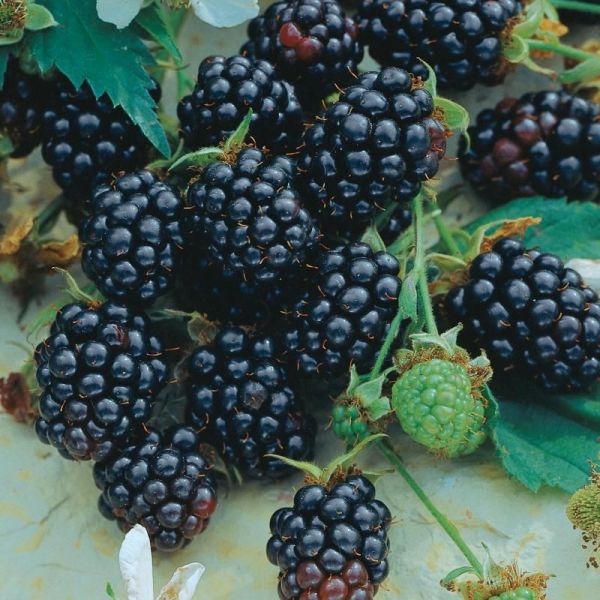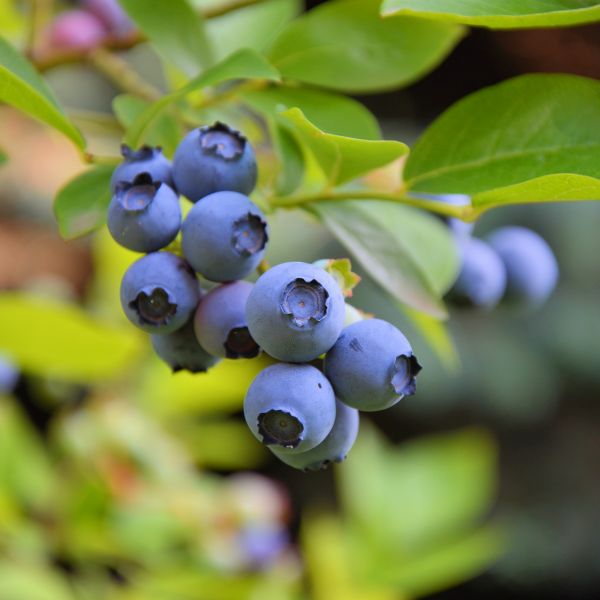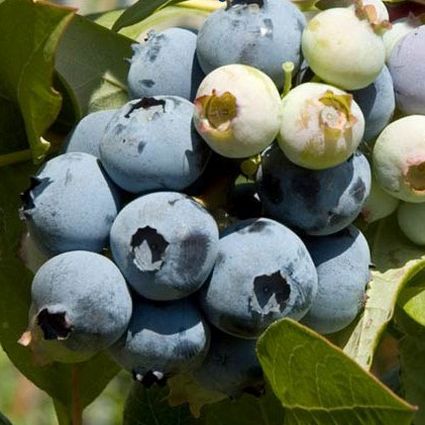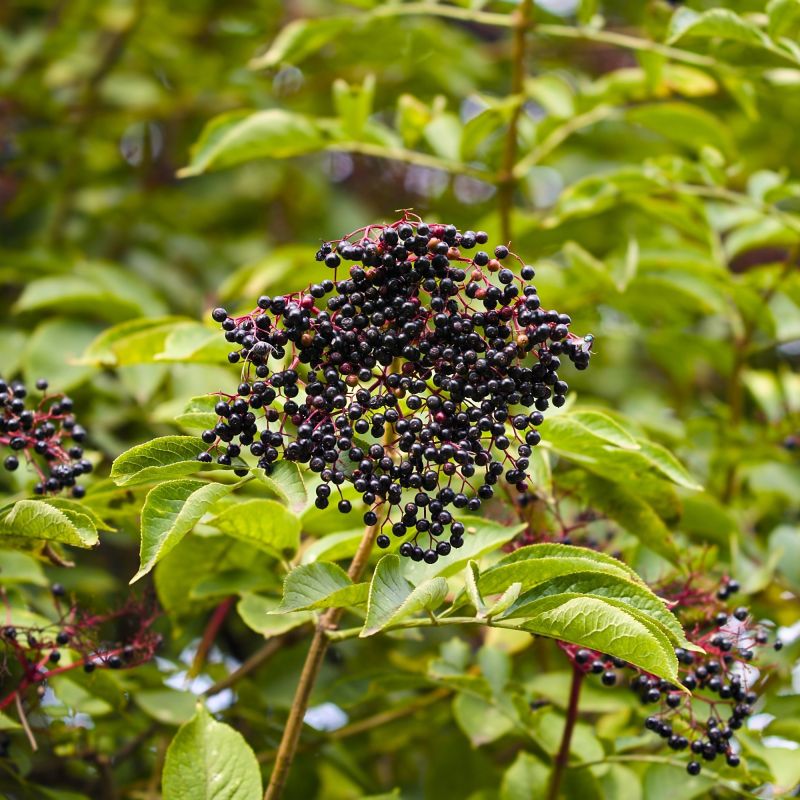
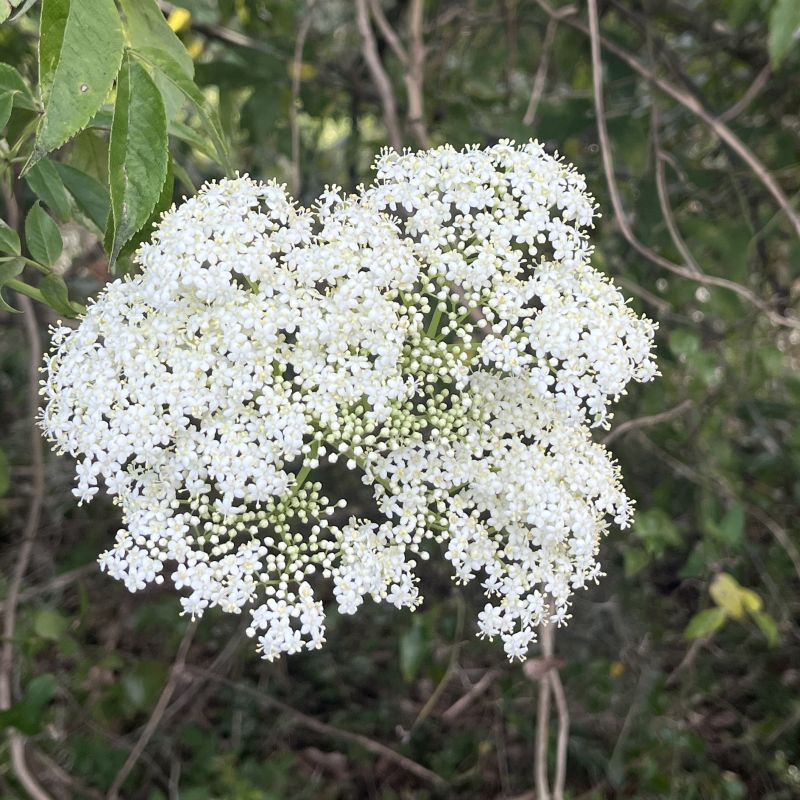
American Elderberry
Sambucus canadensis
8 reviews
American Elderberry
Sambucus canadensis
8 reviews
- High in antioxidants and vitamin C
- Natural remedy for colds and flu
- Grows well in various soil types and climates
- Recommended by landscape designers for optimal fit in real yards
$95.00
$136.00
30% Off
- Ships to 43215 in 3 to 7 days
- Free Shipping Over $150
- Plant Arrival Guarantee
- In Stock
- Free Plant Consult
$200 - Landscape-Approved: Every Plant We Sell Comes With Design Expertise Behind It
2.5 Gallon 1-2 Feet
Not just beautiful - intentionally selected by ShrubHub's 3D landscape design team to fit real-world spaces and maximize yard potential.
Why American Elderberry?
American Elderberry (Sambucus canadensis) is a native shrub known for its edible and medicinal berries. It is also valued for its ornamental qualities, with clusters of small white flowers in the spring and dark purple berries in the fall. Elderberries are high in antioxidants and vitamin C, making them a popular ingredient in syrups, teas, and other natural remedies.
People who loved this plant also bought
Sunlight
American Elderberry (Sambucus canadensis) thrives in full sun to part shade, although it will produce more fruit in full sun. It is best to plant in an area that receives at least 6-8 hours of sunlight per day for optimal growth and fruit production.
Watering
American Elderberry plants require regular watering, especially during hot and dry periods. Keep the soil consistently moist, but not waterlogged. It is important to water deeply to encourage a strong root system. Avoid allowing the soil to dry out complet
Fertilizing
American Elderberry requires a balanced fertilizer with a higher nitrogen content in the spring to promote plant growth and a lower nitrogen content in the fall to encourage flower and fruit production. Organic fertilizers such as compost or manure can als
American Elderberry (Sambucus canadensis)
American Elderberry, also known as Sambucus canadensis, is a deciduous shrub native to North America. It is prized for its beautiful clusters of creamy white flowers that bloom in late spring, followed by clusters of dark purple berries in late summer that are beloved by birds and wildlife. The foliage is a deep green with serrated edges, adding a pop of color to any landscape.
Features:
- Clusters of creamy white flowers in late spring
- Dark purple berries in late summer
- Deciduous shrub with deep green foliage
- Attracts birds and wildlife
Care Instructions:
American Elderberry thrives in full sun to partial shade and well-drained soil. It is relatively low-maintenance and drought-tolerant once established, making it a great addition to any garden or landscape. Prune in late winter to promote new growth and maintain shape.
Uses:
American Elderberry is not only beautiful, but also has a variety of culinary and medicinal uses. The berries can be used in jams, jellies, wines, and syrups, and are packed with antioxidants and vitamins. The flowers can be used to make herbal teas and syrups that are believed to have immune-boosting properties.
Plant Information:
| Botanical Name: | Sambucus canadensis |
| USDA Zones: | 3 - 9 |
| Water: | Moderate to Moist |
| Exposure: | Full Sun |
| Soil Needs: | Widely Adaptable |
| Mature Height: | 8 - 12 feet |
| Mature Spread: | 8 - 12 feet |
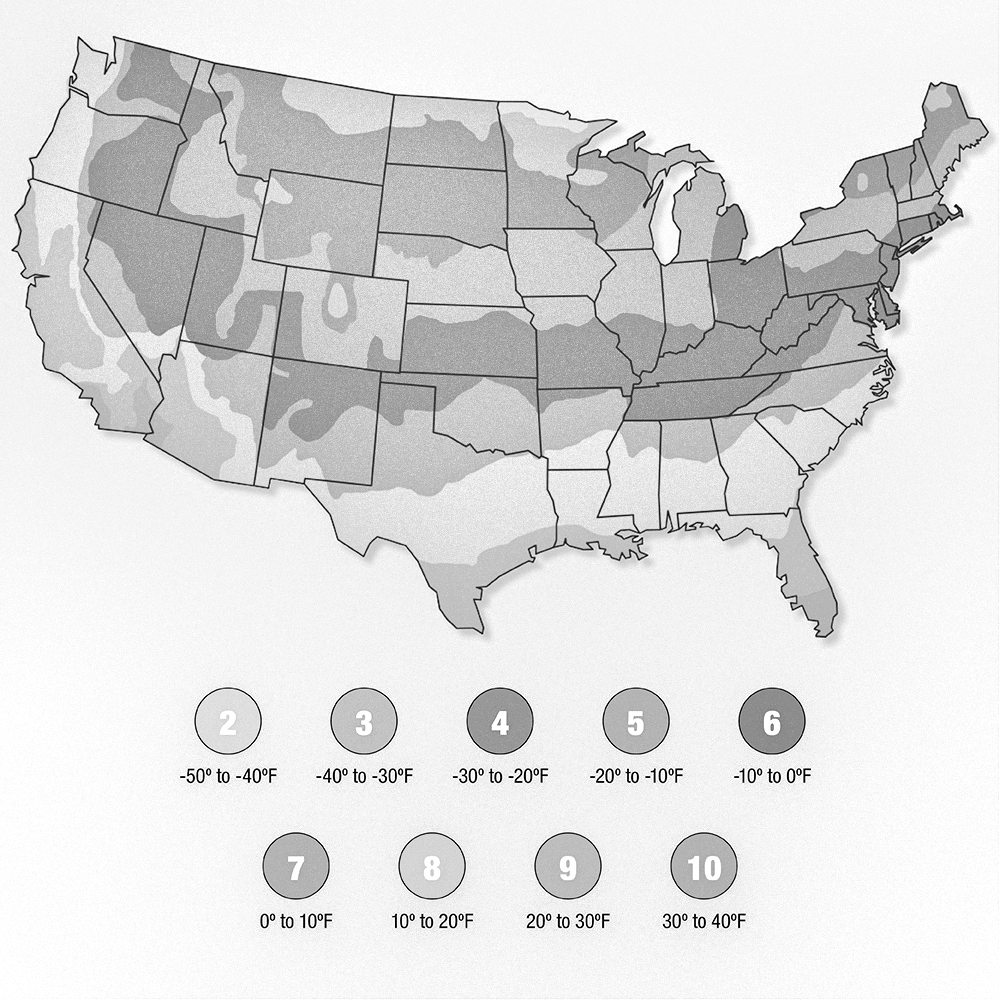



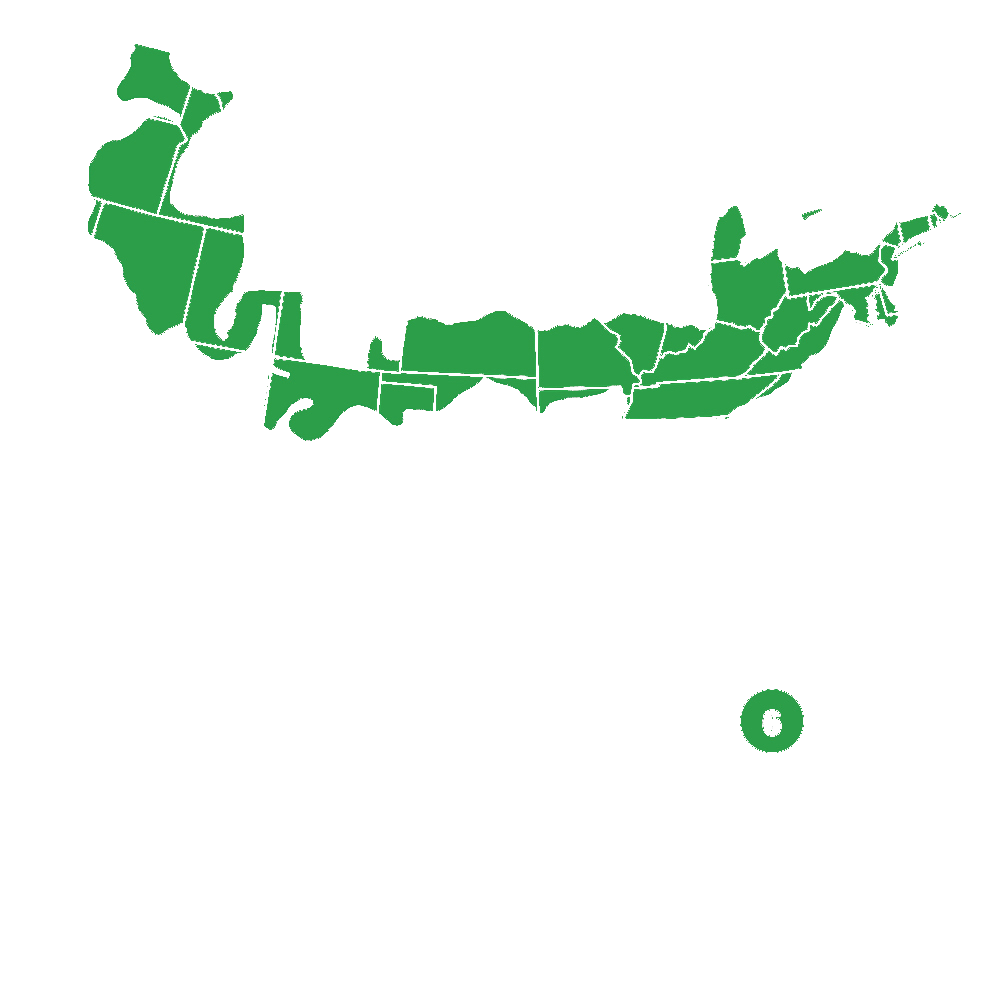

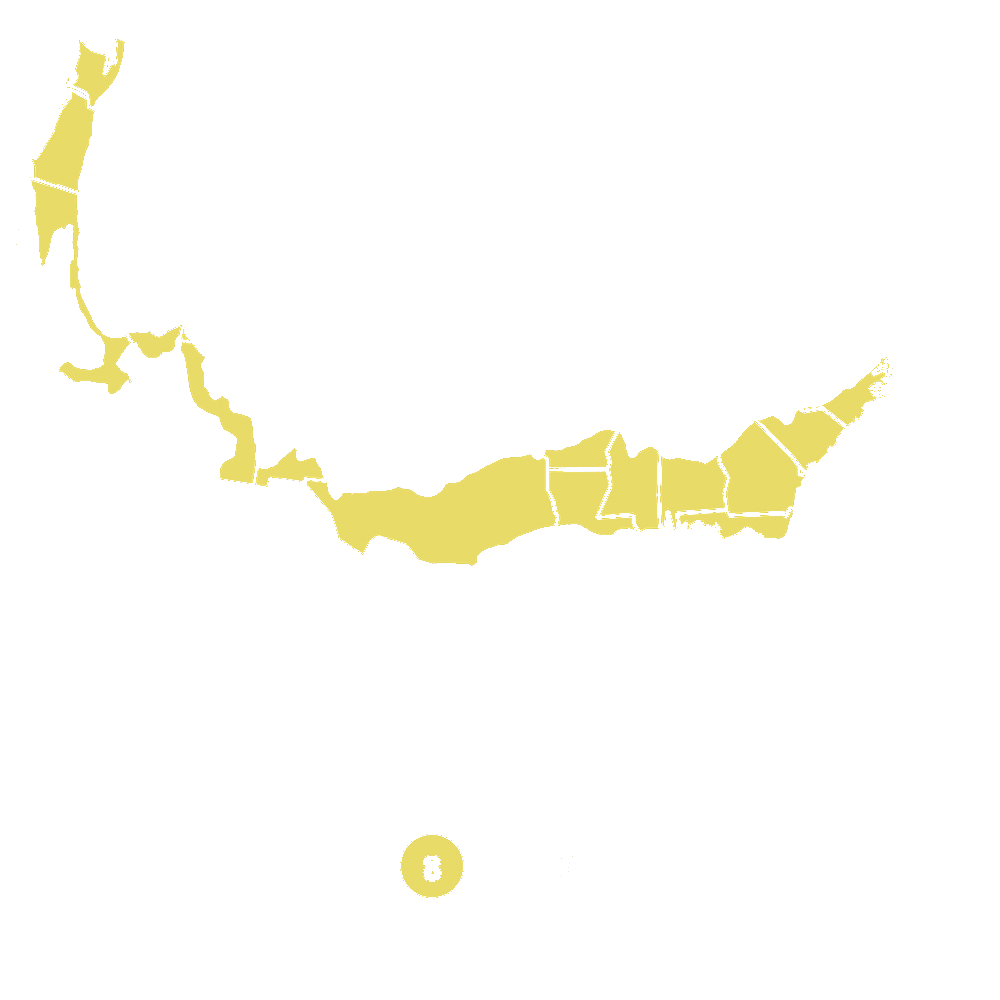

Pollination Info
American Elderberry (Sambucus canadensis) Pollination Info
American Elderberry is a self-fertile plant, meaning that individual plants have both male and female reproductive organs and can pollinate themselves. However, having multiple plants nearby can increase fruit production.
The flowers of American Elderberry are typically white and are arranged in flat-topped clusters called cymes. The flowers are pollinated by a variety of insects, including bees, butterflies, and flies. These insects visit the flowers to collect nectar and inadvertently transfer pollen from one flower to another, allowing for fertilization and fruit set.
Planting American Elderberry near other flowering plants that attract pollinators can help increase fruit yield. It is also important to avoid using pesticides that can harm pollinators and reduce the chances of successful pollination.
FAQ
American Elderberry (Sambucus canadensis) FAQ
What is American Elderberry?
American Elderberry, also known as Sambucus canadensis, is a shrub native to North America. It produces clusters of small, fragrant white flowers that bloom in late spring, followed by dark purple berries in the fall.
How do I plant American Elderberry?
American Elderberry thrives in moist, well-drained soil and prefers full sun to partial shade. Plant your elderberry shrub in the spring, spacing multiple plants about 6 to 10 feet apart. Water regularly until the plant is established.
When should I harvest American Elderberry?
American Elderberry berries are ready for harvest in late summer to early fall, when they have turned dark purple and are plump and juicy. Be sure to only harvest ripe berries, as unripe berries can be toxic.
How do I use American Elderberry?
American Elderberry berries can be used to make jams, jellies, syrups, and even wine. The flowers can also be used to make elderflower cordial or tea. Some people also use elderberry as a natural remedy for colds and flu.
Are there any pests or diseases that affect American Elderberry?
American Elderberry is generally disease and pest resistant, but it can be susceptible to powdery mildew and aphids. To prevent these issues, make sure the plant has good airflow and promptly remove any affected leaves or branches.
Is American Elderberry toxic to pets?
The berries of American Elderberry can be toxic to pets if ingested in large quantities. It's best to keep pets away from the plant or harvest the berries before they ripen.
Planting & Care
American Elderberry (Sambucus canadensis)
American Elderberry is a beautiful flowering shrub that produces clusters of dark purple berries that are highly nutritious and commonly used in cooking and herbal remedies. Here are some detailed planting and care instructions for American Elderberry:
Planting:
- Choose a sunny location with well-drained soil for planting.
- Dig a hole twice as wide and deep as the root ball of the plant.
- Place the plant in the hole and backfill with soil, tamping down gently as you go.
- Water the plant thoroughly after planting.
Care:
- Water regularly, especially during dry spells, to keep the soil consistently moist.
- Apply a layer of mulch around the base of the plant to help retain moisture and suppress weeds.
- Prune the plant in late winter or early spring to promote new growth and fruit production.
- Fertilize the plant with a balanced fertilizer in the spring before new growth appears.
- Protect the plant from pests and diseases by practicing good garden hygiene and keeping an eye out for any signs of trouble.
With proper planting and care, American Elderberry can be a long-lasting and productive addition to your garden.
Check Out These Verified Customer Reviews:
Customer Reviews
4.8 out of 5 based on 8 reviews
Thank you! Your review has been submitted.
Smooth website, easy ordering process.
The American Elderberry was fresh and vibrant in color. It was well packaged and arrived in perfect condition.
The American Elderberry is exactly as described, and the item quality is excellent. The website was easy to use, and the shipment was prompt. Customer service was responsive and helpful when I had a question. Overall, a great buying experience.
Item has been added to your cart.

